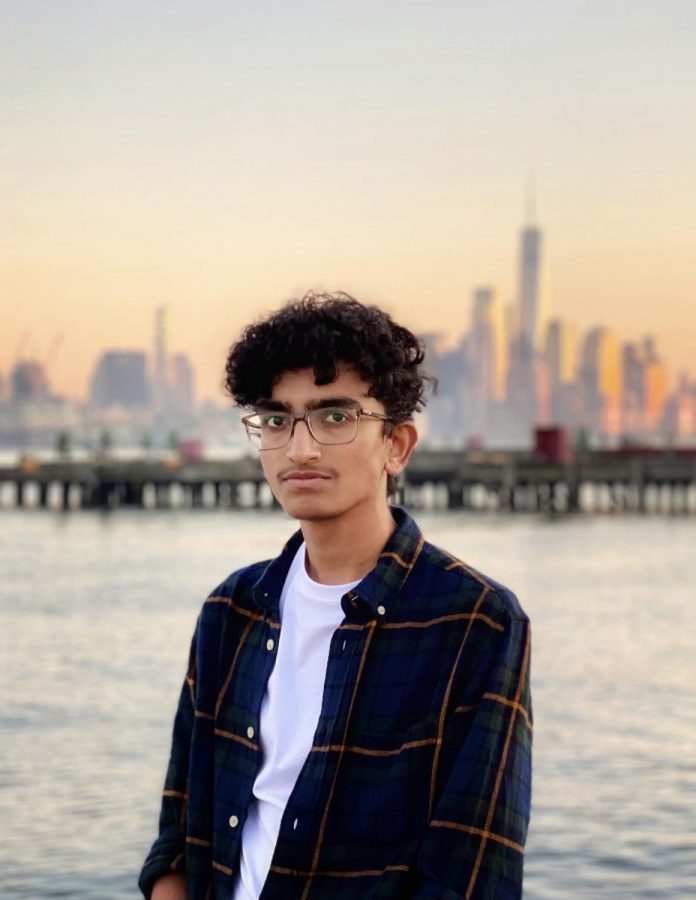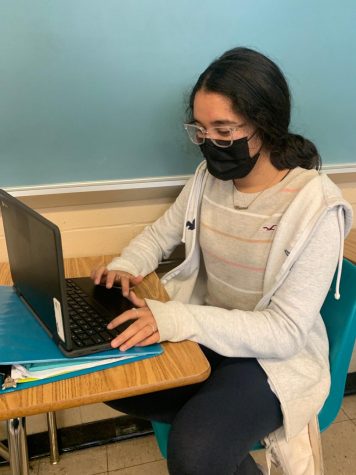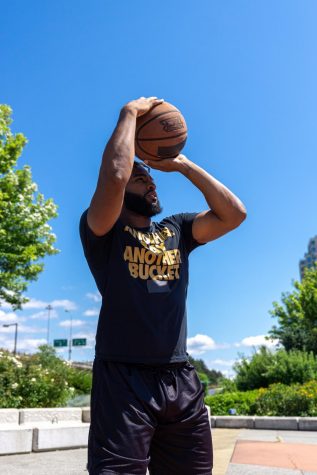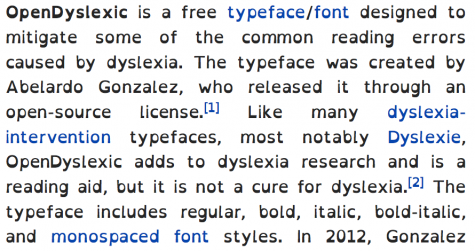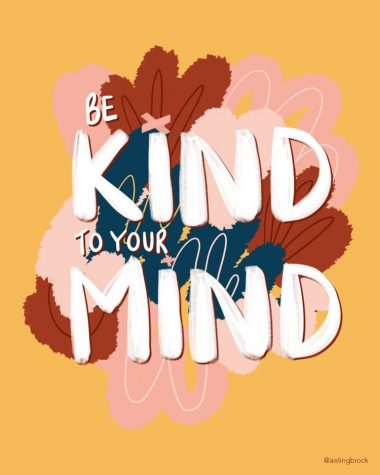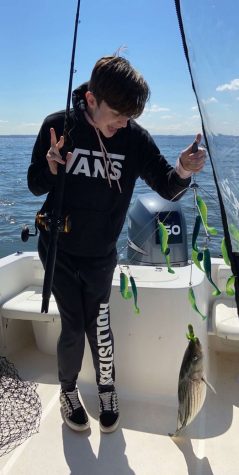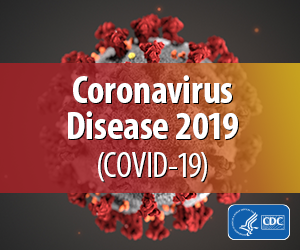Ashwindev Pazhetam, the Senior who was admitted into Governor’s School
A photo of Ashwindev Pazhetma posing in front of the New York City skyline, used with his permission.
December 7, 2020
Ashwindev Pazhetam is a senior at John F. Kennedy High school, who was admitted into the Governor’s School at Rutgers in the summer of 2020. The competitive four-week program awarded him the opportunity to further explore the STEM field with the chance to work alongside “experienced mentors” and “like-minded people.”
The Governor’s School is a summer, residential program for qualified high school seniors. The program is specifically geared toward the STEM (science, technology, engineering, mathematics) subjects, and provides selected individuals with trained mentors and state of the art facilities to advance in that field. New Jersey holds Governor’s School in two locations; one in the Sciences at Drew University and the other was in Engineering & Technology at Rutgers. Pazhetam attended the Governor’s School at Rutgers, a state university in which he would have resided in for the four week course period. Unfortunately that wasn’t possible as Covid-19 has impeded campus life, sending the world into a virtual stance.
When asked about his admission process, Pazhetam stated,“The admission process is very lengthy in my opinion…It’s quite similar to a college application.” The admission process differs for each high school, specifically for JFK the student needs to get nominated by their conclour. Pazhetam believes the nomination to be based on rank, though it’s a possibility that has changed. The application forms start with the space to fill out personal information and to provide a transcript. Then comes a description box, which needed to be filled with the list of extracurriculars that the student participated in at JFK. Pazhetam recommends extracurricular classes be something regarding STEM for a better chance at acceptance. Following the forms came the five essay submissions; two of them were 1000 words each, the other three were 250 words each. On top of the essays, a two minute long elevator pitch had to be provided. The applications were to be submitted somewhere in the December of junior year, and the students acceptance/rejection letter is to arrive in the late spring. According to the Governor’s School website, over 400 students applied for a seat in 2020, and only 72 got in. Pazhetam was one of the 72 that was able to charge through this competitive process.
Pazhetam shared his experience attending Governor’s school which he describes to be, “Quite beneficial.” He worked under the guidance of experienced mentors, either college students from Rugters or people working in the STEM industry, “Through their guidance, I was able to get a hands-on, immersive experience of the STEM industry,” Pazhetam stated. Though he believes the biggest benefit of the program is, “Working with like-minded individuals who were ambitious and held interests in robotics and engineering like I did.” With further great opportunities to talk with researchers from NASA, Pazhetam said, “In all, through Governor’s School, I was able to further my knowledge in Engineering, Science, and Technology,”
Certainly, with such opportunities comes struggles. Pazhetam has admitted that the biggest issue he faced in Governor’s school was identical to the problem that’s challenging all 2020 students.
“I would say the main obstacle was definitely the lack of physical interaction.” Pazhetam confessed. “It would have definitely been a lot more engaging and immersive if it were on campus; nevertheless, the coordinators of the program did it very well where it was still very interesting and very engaging throughout the four weeks.”
Personally for Pazhetam, the lack of physical interaction was especially evident while completing the research project. The research project was the main focus of the governor’s school. The 72 students were split into 14 different groups, each assigned with their own topic to conduct research on. Pazhetam and his team had to utilize online platforms like zoom and discord to complete their research project about a juggling robot. This project was then submitted to MIT Undergraduate Research Technology Conference. If the organization deems the project to be worthy, the team had the opportunity to present at MIT. Pazhetam and his team were accepted, but they couldn’t present at the MIT campus due to the pandemic situation. The presentations were conducted online, where parents, MIT professors, and college students from around the world gathered to watch.
Pazhetam had developed an interest in Astronomy and Engineering from a young age; inspired by his father whose profession focused on a similar field. As time progressed, Pazhetam developed that interest into a goal which he worked diligently towards. As an advice for other students who are trying to achieve their own goals, Pazhetam urged them to follow their desired interests.
“Do whatever it takes to explore your interest,” he advised. “High School is a period in time where you really get to explore what you are interested in, like very deeply. So let’s say you’re interested in like STEM. It doesn’t have to be a specific interest like aerospace engineering. You don’t have to know as a Freshman, that I want to do aerospace engineering. But what you can do is explore your interest through clubs like Science Olympiad. Maybe try something outside of school, like I volunteered at the Liberty Science Center. Things like that help you pinpoint what you would be happy doing in your future. Just take it from there, and pretty much take every opportunity that comes regarding your interests.”
Looking ahead, Pazhetam is currently transitioning into college. “In terms of college I’m aiming for MIT, that’s my dream college,” he said. “With both of these interests that I have in Astronomy and Engineering, I decided aerospace engineering is the field I’ll be most interested in working in. So I’m also aiming for Georgia tech…Purdue University, The University of Michigan, Stanford as they are also good aerospace engineering schools…Honestly, I don’t totally have college figured out yet, I don’t think any seniors do.” When further pressed about where he sees himself in the future, Pazhetam revealed, “Using the skills I learn in college, I want to work in the space exploration industry. So through aerospace engineering, I want to help humans travel to or explore distant parts of our solar system…Like a specific project, I would like to work on in the future would be sending humans to Mars.”

